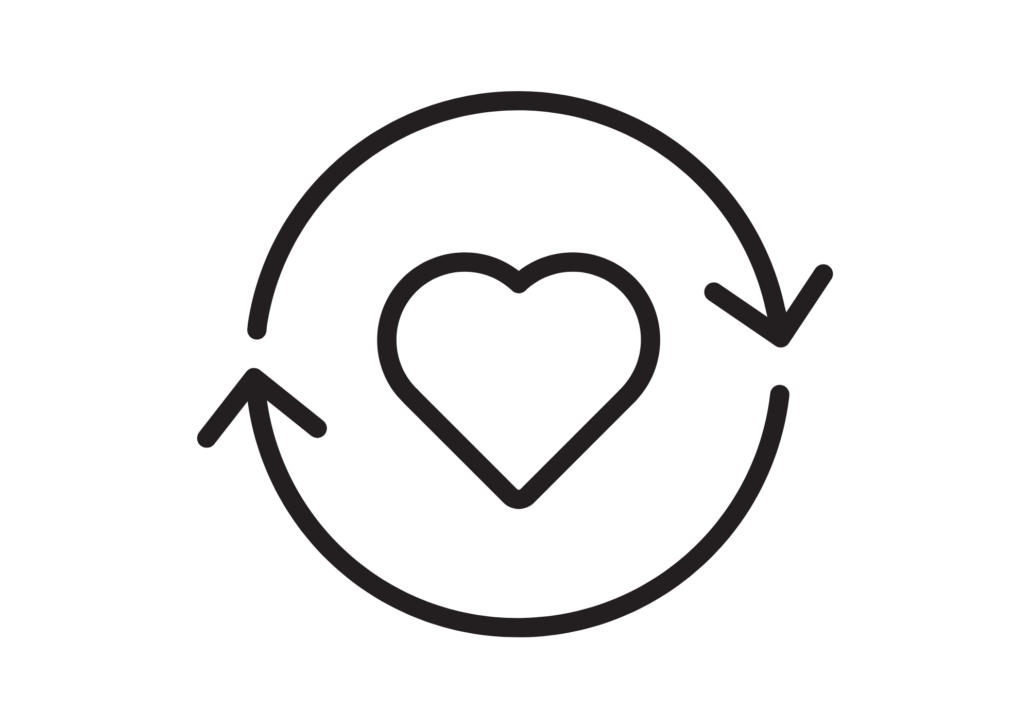As educators, we are not only responsible for facilitating a student’s academic success but also for their character development. We have the privilege of getting to shape a student in a holistic way that will have a long-lasting impact on their lives.
As adults, we can establish an inclusive environment and community for all of our students – the ones who always do the right thing and those who make mistakes along the way.

When a student makes a pattern of disrupting class or causing social harm by making fun or name-calling, teachers must intervene to correct the behavior so that the class can learn in an emotionally safe environment.
Decades ago, a teacher might kick a student out of class. In more recent years, a teacher might write a referral to the school’s administration, who may choose to suspend the student.
When students must leave the classroom, they often serve their punishment in isolation after one conversation with an adult about their choices.
Sometimes, students return to class without any opportunity to reflect on their actions or conversations with their teacher about the impact of their choices on others. Such a procedure leaves a student-teacher relationship fragmented, without resolution or reparations.
Being sent out of a classroom and brought back in without intentionality can also cause a student to feel isolated and alienated from their class, making them less likely to contribute positively to that community upon return.
Restorative practices ensure that when students cause harm to a classroom community, they reflect on their choices and offer ways for students to repair the damage they caused.
The process of restorative practices reduces the likelihood of the student repeating the same behavior that disrupted their learning in the first place. It also allows them to contribute to their community positively, making them feel more connected to their environment.
Quiet Reflection
When students behave negatively, they first need a space for quiet reflection. Interacting with a student is not a timely choice, as they may still be upset at the cause of the incident and not yet open for verbal reflection.
A calm, quiet environment where a student can engage in a written reflection can help one de-escalate, take a step back from their feelings, and consider their actions from a new perspective.
Students can fill out a graphic organizer or worksheet with question prompts such as:
- What happened to cause your removal from the classroom?
- What led to your choices?
- How do you think your behavior affected the students or teacher?
- How could you have handled the situation differently?
- How do you plan to make amends with your classmates or teacher?
- What will you do the next time you feel this way?
A teacher can change the list of reflective questions to best fit any situation. The student’s teacher should read the reflection to understand the student’s perspective of what happened at the time of the incident and after time has passed. Reading the reflection will provide the teacher insight into the student’s point of view while allowing the student to reflect honestly.
Written Letter
The next step to restoring a student to their classroom community is to have them connect to those who are affected by their negative behavioral choices.
After a student reflects and is ready to learn and grow from their mistakes, provide them materials, space, and time to write letters to each student and teacher impacted by their choices.

A student may write a letter solely to the teacher, a specific classmate, or the classroom at large. The letter should address their choice, an understanding of how it impacted the recipient of the letter, how the student plans to make amends, and how the student will make better choices in the future.
The student should have the choice of delivering the letter themselves or allowing a staff member to give it to the intended recipient. No matter the delivery method, the chance to make amends goes a long way to improving social connections between people.
Contributing to the Community

A final step to making amends for a negative behavior choice is to make a positive contribution to the community. Students should have the chance to select from a few staff members willing to facilitate a service learning project with the student. For example, a student may help custodial staff clean up in the cafeteria after lunch or take out the recycling.
A student can assist the art teacher with developing a bulletin board project to beautify the school. The student could help the Media Center specialist re-shelve books or materials in the library.
After the student completes the service project, the school administration should have a conversation with the student before they re-enter the classroom to establish expectations going forward and to provide the understanding that the student is welcome back.
Restorative practices allow students to restore social connections with their teachers and classmates. A three-step process like the one described above can reduce the likelihood of a student repeating negative behaviors while making all students feel included in the classroom. Try out this approach with your students and see the positive impact it can make!
F.A.Q.s
Q: Where should students have the space to write reflectively?
A: Your school administrator and student support team should work with you to determine an appropriate place for a student to engage with restorative practices away from the classroom. An ideal location might be the office of the counselor or social worker.
Q: What happens if a student does not engage in honest reflection?
A: Students might not be ready to reflect honestly directly after an incident. If needed, the three-step restorative process can be done in reverse order. Starting with a service project can allow students to reflect while they positively contribute to their environment, and afterward, they will be ready to be reflective.
Q: What are some other restorative practices?
A: One popular restorative practice is restorative circles. Most often facilitated by a school counselor, circles give students a chance to express how a behavior impacted them and open a dialogue among students. Most often, restorative circles lead to positive resolution.

